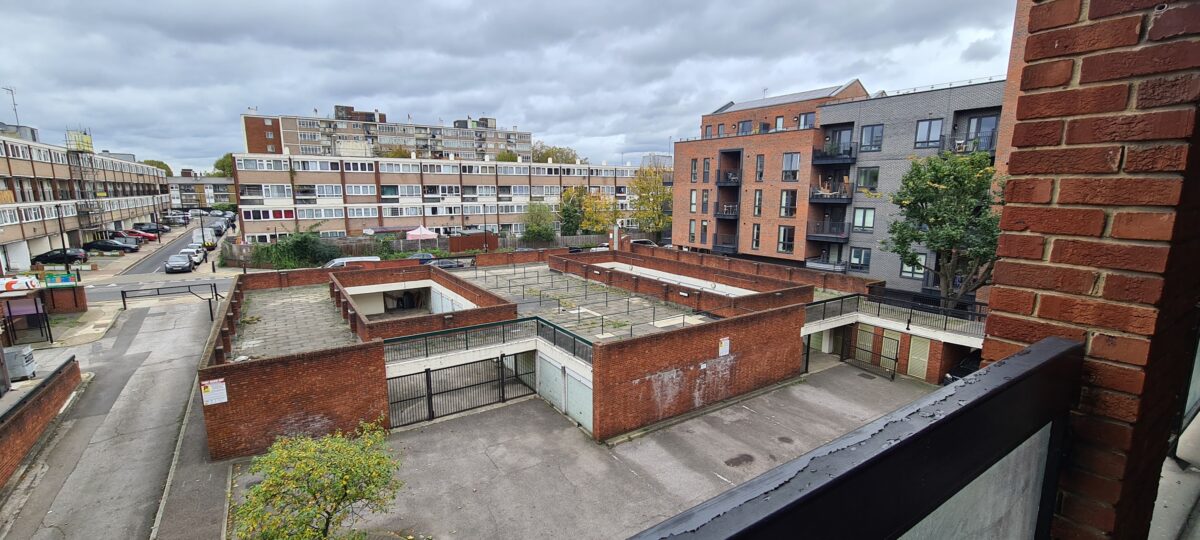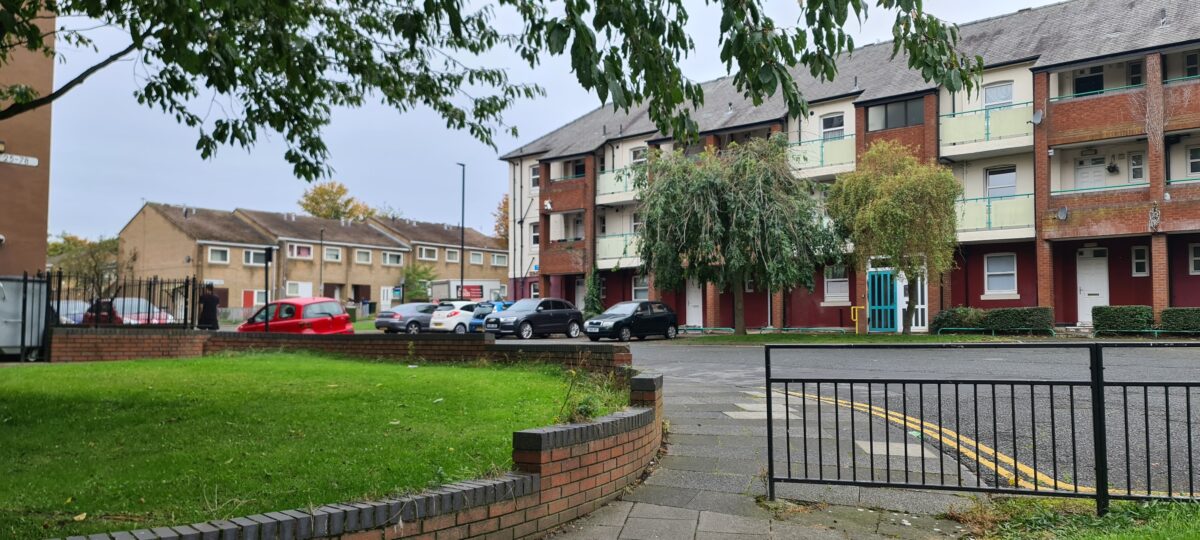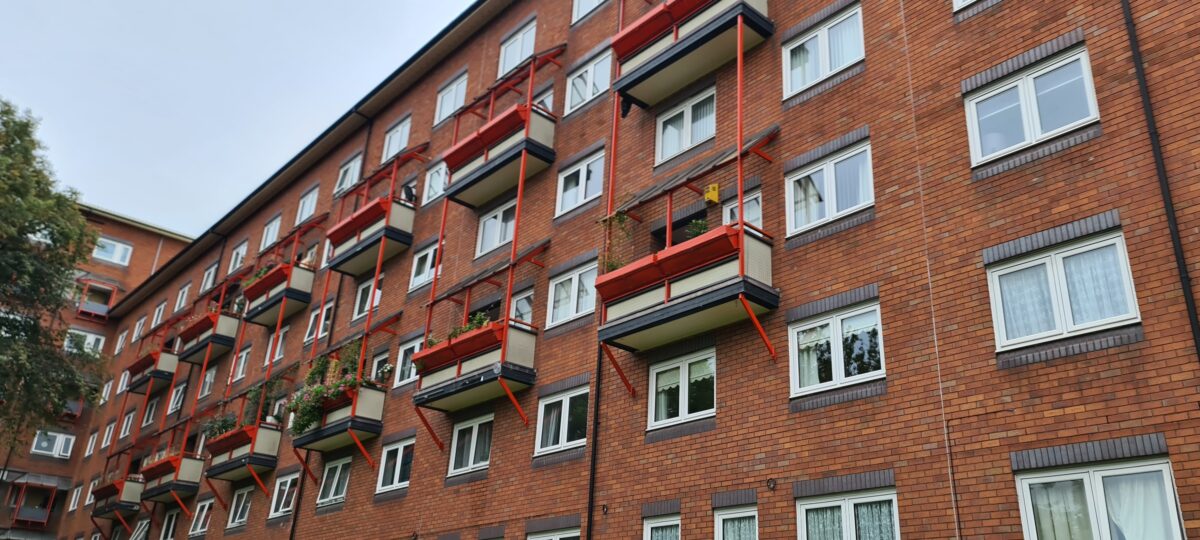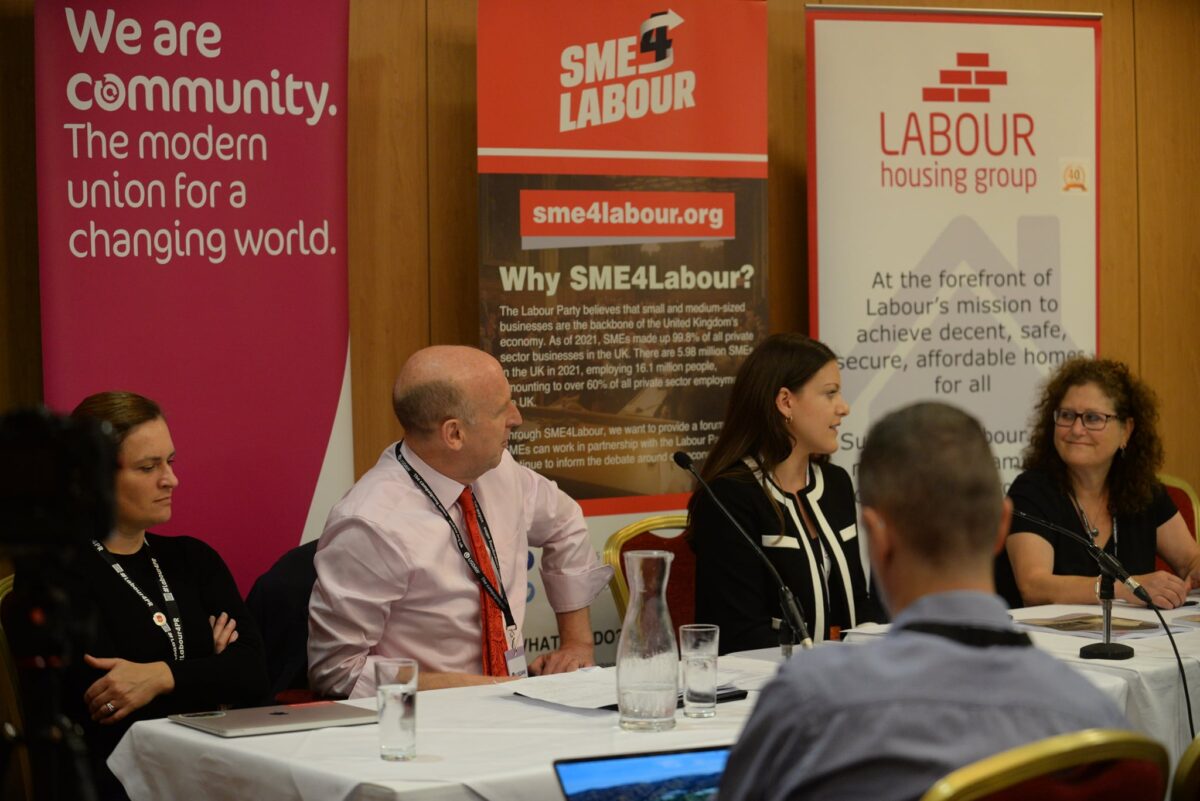Rural housing is one of the most pressing, and contentious, issues facing this country. If Labour is to stage a rural revival then we must confront this issue head on.
In my home constituency of North East Somerset, and across rural England, there is a great distrust around the idea of house building. It is common for people to feel that residents have little to no say over when and where new housing is built and that housing developers are unaccountable. These concerns are not misplaced. For too long we have seen housing developments simply bolted on to towns and villages with little to no thought about the impact these new developments have.
When housing developments are built without infrastructure such as shops, restaurants and healthcare facilities it puts pressure on the existing infrastructure in a town, particularly road infrastructure. Most towns and villages in North East Somerset are simply not equipped to deal with increases in traffic, often due to road size and layout.
When infrastructure is already crumbling under 11 years of Tory misrule these strains can be devastating. But this lack of infrastructure is equally damaging to new residents, a lack of shopping or healthcare provision nearby harms the ability to forge a community spirit in new developments. The Covid-19 pandemic has demonstrated clearly the dangers of isolation and it is incumbent on the Labour Party that our housing strategy acknowledges this.
As a consequence of austerity, rural communities have seen much of their infrastructure disappear. With police stations, fire stations and GP’s being closed in small towns and villages and often converted in to flats. This has increased the distrust around housing developments for many people. But it also contributes to the poor conditions of new housing: as a parish councillor who sits on the planning committee I have seen many examples where buildings are converted in to flats or flats are built.
Often, these flats do not have an appropriate number of parking spaces, which further contributes to the weakening of road infrastructure. If you live in a small town with roads designed in the late 19th and early 20th century, and there are cars parked on the road due to a lack of parking spaces, it can become very difficult to drive around.
We must also face up to the climate crisis. It is not possible, or desirable, to continually build on every field in perpetuity given the environmental consequences. Our green spaces must be protected, not just for the environmental benefit – and biodiversity benefits they provide, but for the mental health benefits the existence of these spaces provide for the people who live near them.
When we do build it must be with a with a long term plan in mind, rather than for the short term financial interests of housing developers. This means, building homes that can last for 100 years – and – envisioning what the community will look like at that point too, including its green spaces. A climate combating housing strategy must also include retrofitting old houses, as we’ve seen championed by our Labour Metro Mayor Dan Norris.
Despite this, there is a need for more housing in North East Somerset. In the towns and villages of my constituency there has long been a strong community spirit. However many people are concerned that children and young people are unable to afford housing in the communities they grew up in – and are forced to move to Bristol and Bath (further contributing to the housing issues faced in those cities) – never to return.
The only way to combat this loss of community, is of course to build more housing in these areas. But this house building must be accompanied by a strategy to assist people in renting and buying their own houses at a reasonable rate. Otherwise for many people the dream of living in the town they grew up in is unreachable.
I believe firmly that there is public support for building the houses we need to combat the crisis we face. But I also believe that more work needs to be done to gain the full confidence of people that under Labour housing will be a benefit to everyone.




















